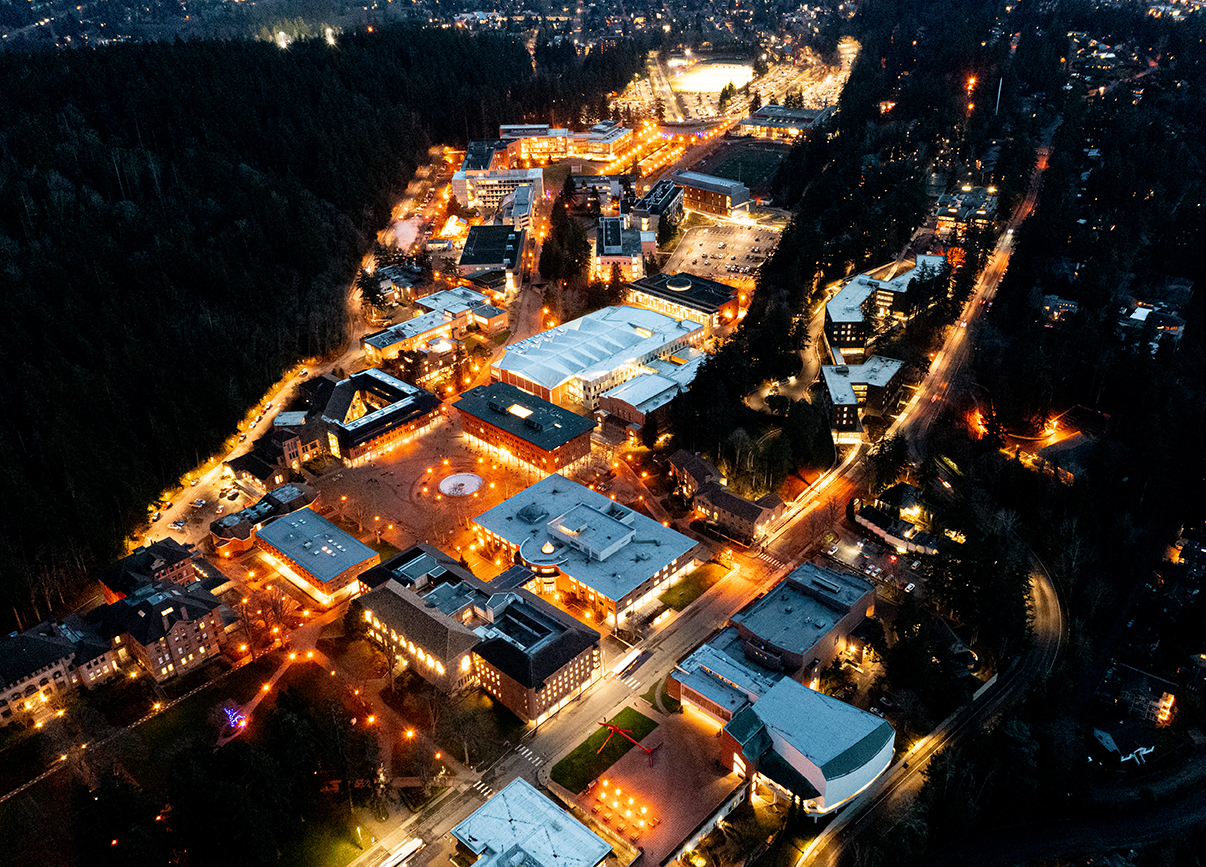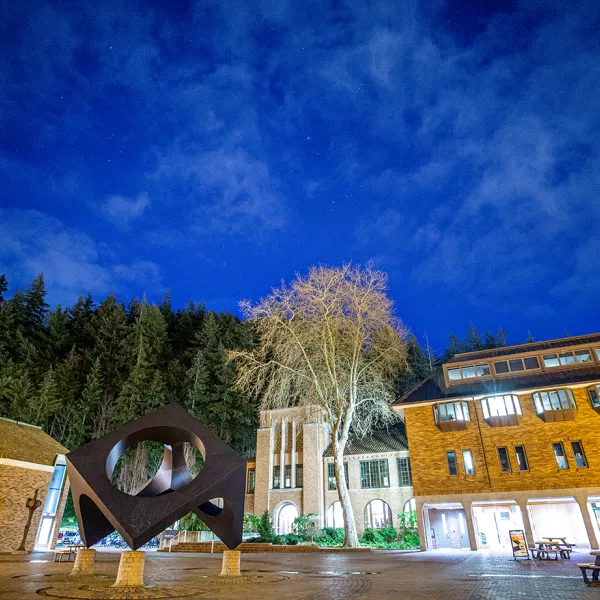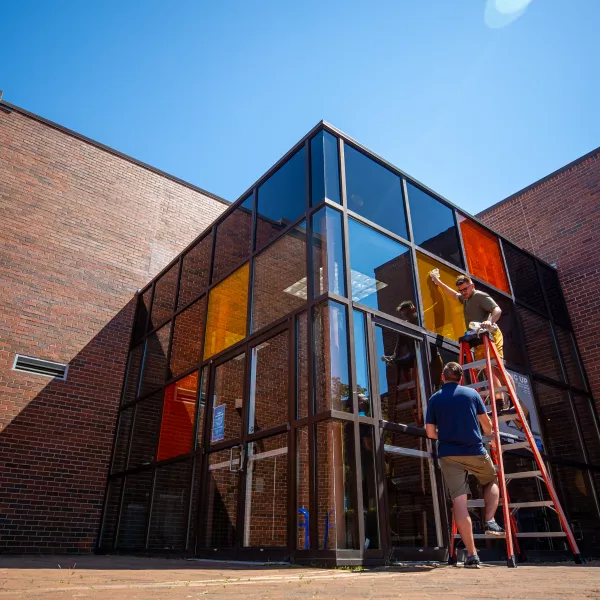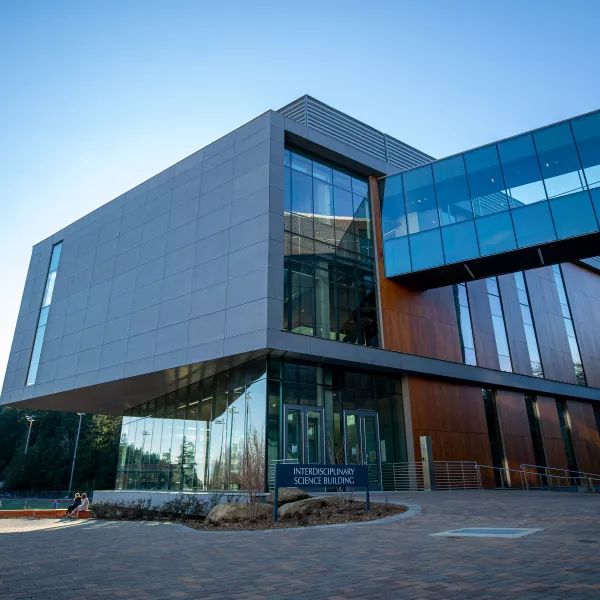For the millions of birds that travel at night, sometimes the darkest path is the most inviting.
Along the periphery of campus, Western has replaced more than 200 light fixtures to comply with standards set out by the International Dark Sky Association to reduce the impact of artificial light at night on migratory animals and to save energy.
Seventy percent of North American birds migrate, and 80 percent of those fly at night, often navigating by the moon and stars. But artificial light can disorient birds, causing them to stray from their routes, circle light sources, and crash into buildings, resulting in millions of bird fatalities every year.
Improvements in LED technology have allowed the development of lights in a warm color range, below 3000 Kelvins, that interferes less with birds’ nighttime navigation, but still allows people to perceive color. They’re also designed to limit upward-directed light, reducing the night glow of cities. Another bonus: The lights reduce nighttime exposure to blue light, which can harm humans and wildlife alike.
So far, Western has replaced a total of 226 campus light fixtures for an estimated energy savings of 67,481 kilowatt hours each year. That keeps almost 48 tons of carbon dioxide out of the atmosphere —roughly the annual greenhouse gas output of 10 gasoline-powered passenger cars.
While Western’s electricity is supplied by renewable sources through Puget Sound Energy’s Green Direct program, this project will reduce demand on the local grid and lower carbon emissions.
Good for the birds, good for all of us.



